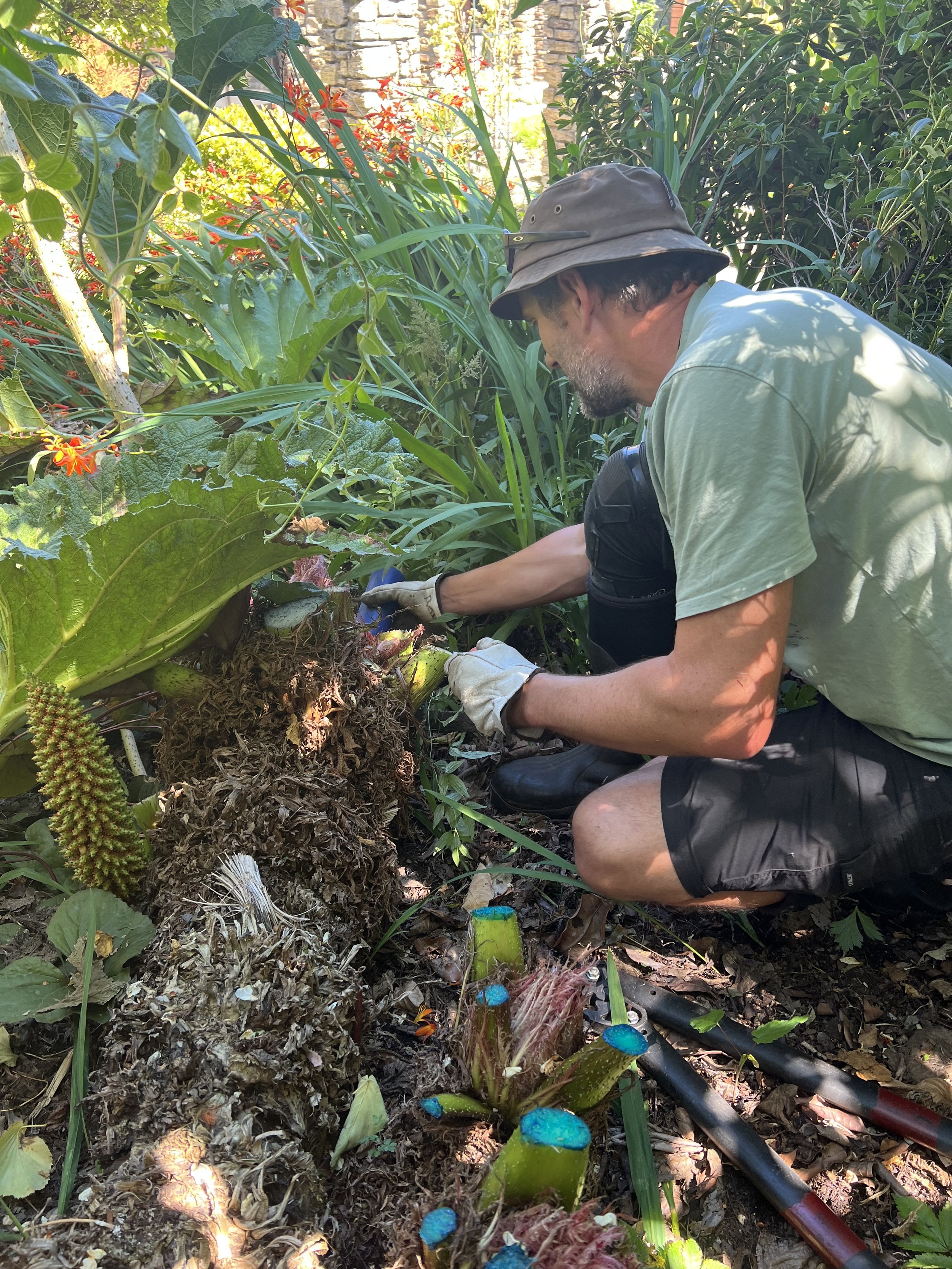Over the years, you may have seen some of the stories we’ve done on the awesome-ness of our volunteers and their impact at the wetlands. And let’s again celebrate and uplift the mahi of volunteers in helping to create and maintain the unique ecosystem and regeneration of the Bullock Creek wetlands.
Importance of volunteering
Volunteering roles are as diverse as the motivations behind volunteering and the benefits that volunteers experience as a direct result of their mahi. According to Volunteering New Zealand[1] volunteers are motivated by factors as varied as social connection, ‘giving back’ to their communities, and seeking to make social connections. As to the benefits that volunteers gain as a result of their volunteering, people talk about a sense of purpose, personal development, the development of friendships, and learning new skills and gaining knowledge[2]. All of this and more can be said to be true of the volunteers we have, and have had, working at Bullock Creek over the years. Not to mention the tangible effects of wetland restoration at Bullock Creek, where a whopping 7,950+ volunteer hours and 10,578 plants have been clocked and planted…WOW! And what does that mean for the environment and its people? Land and water habitat for wetlands species in perpetuity, increased biodiversity, clean water, the cultural significance of taonga species found within the wetlands for Māori, and the development and maintenance of the wetlands as a public amenity[3].
Who are our volunteers at Bullock Creek?
Long-term locals; newer arrivals to town; those passing through as they travel Aotearoa, some of whom may end up staying for a few weeks or months and like to get involved and give back to the community; and everyone in between. Our volunteer base is diverse and everyone brings something unique to their volunteer role, and in turn, gets something out of volunteering, whether that be socialisation, a sense of purpose and meaningful action for the environment, or perhaps being outdoors in the fresh air, getting their hands dirty in the name of ecosystem restoration.
What do our volunteers do?
Planting of native species
Cardboard layering to suppress weeds around native plantings
Mulching
Weeding
Releasing plant guards as plants grow
Stripping cardboard of plastic to ready cardboard for layering
Lots of wheelbarrow-ing, tool wielding, digging, chopping, and ripping fun!
Oh, and of course, enjoying morning tea after all the mahi!!!
We say THANK YOU, to all of our current and past volunteers, for all your mahi; you are recognised and respected.
Volunteering opportunities
FOBC are just one of many local organisations and agencies working for environmental restoration. Check out some of our partners with volunteer options available for more environmental volunteering opportunities in Wānaka: Te Kākano, WAI Wānaka, and Predator Free Wānaka (formerly Predator Free Wānaka).
Stay tuned for more volunteer news and profiles over the coming months. If you want to get involved in volunteering, come along to our Thursday sessions, currently running 9am-11am. Contact us on Facebook, Instagram or email info@fobc.kiwi for more information.
[1] Volunteering New Zealand. (2024). State of Volunteering in Aotearoa New Zealand 2024. Wellington: Volunteering New Zealand.
[2] Volunteering New Zealand. (2024). State of Volunteering in Aotearoa New Zealand 2024. Wellington: Volunteering New Zealand.
[3] Department of Conservation. (n.d.). Why wetlands are important. https://www.doc.govt.nz/nature/habitats/wetlands/why-wetlands-are-important/



































